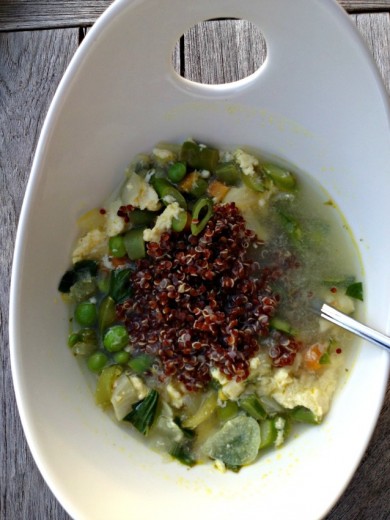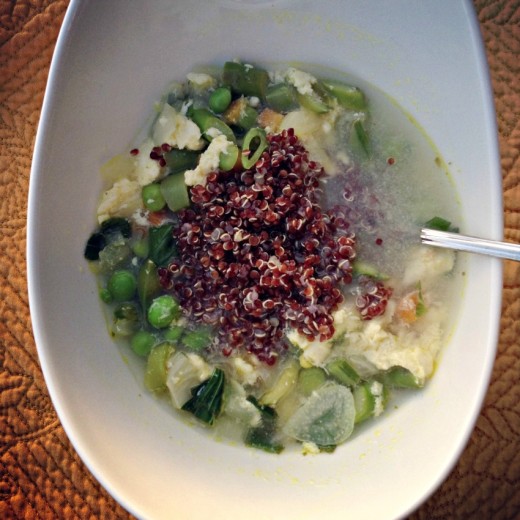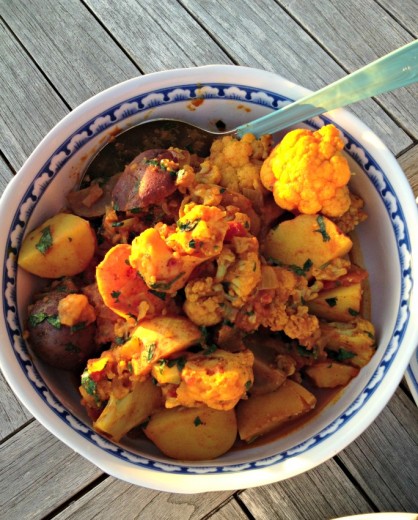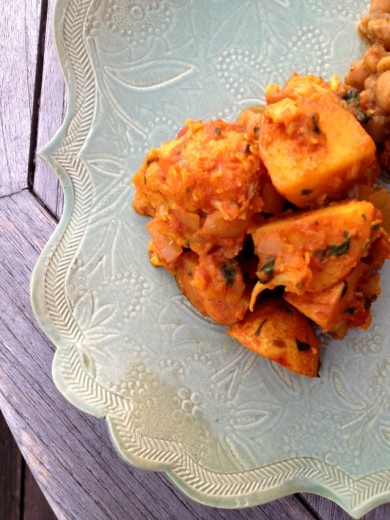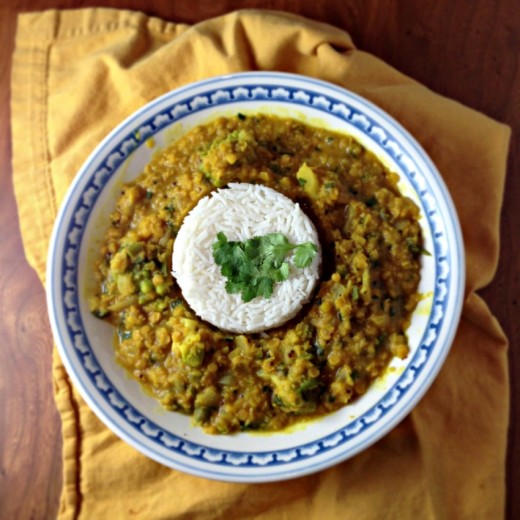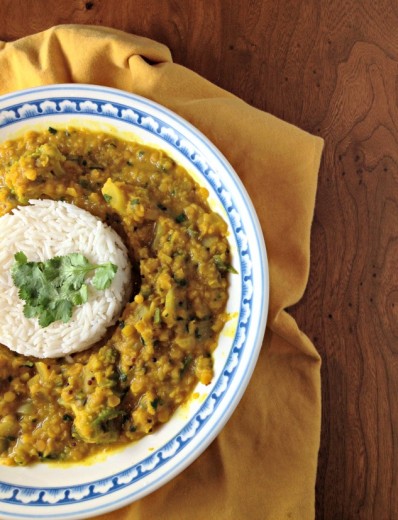Hello friends. How do I explain an over month-long absence? It would be easier if I had some good excuse as to why I’ve been gone. A long trip maybe or a super exciting professional assignment. I can’t boast either. I can’t hide behind illness or family troubles because, truthfully, everything is going swimmingly. It turns out that writing is like exercise for me. Either I’m in it, doing the work on an almost daily basis and it feels natural, or I’m out. I never meant to be out and I apologize that so much time has passed since my last post and this one. My own brother called me a slacker.
Here is a reason that I believe I will never have an over month-long absence for this space again. We moved around our guest bedroom and study. My writing space was once downstairs and is now on the main floor, just a few steps from the kitchen. I know it’s silly that a few stairs kept me from writing but, after living with things the old way for a year, it seemed time to make a change. Also, our new guest digs are bigger, brighter, and more private. A win win for everyone.
So I’m returning with a favorite. I have always loved making Indian food, never more than once I got my hands on two very special cookbooks from a favorite restaurant in London. (Amazon carries at least one of them.) I turn to them over and over again, their pages splattered and slightly coming away from the spine of the books. When an Indian food craving hits, I almost always make this dish alongside some rice (Peas Pilau Rice from one of the books is particularly good) and some other delicious offering, most often starring potatoes and/or chickpeas. Raita and some kind of chutney round out the meal. What makes this dish special is that it is mild, a bit tangy, but still with plenty of spices and the haunting and unique flavor of fresh curry leaves. It’s mildness and creaminess is most welcome on a table of spicy things. I love a dish that can taste so good with a slight richness and that is also so good for you.
Curry leaves are an ingredient that can be hard to find but they do add an unmistakable and hard-to-put-your finger on flavor here. I was able to find them at Uwajimaya in Seattle and I have found them in Berkeley Bowl and Monterey Market here in the East Bay. If you have an Asian market or other ethnic store near you, chances are you can find them. They keep for a long time so buy extra because you’ll want to make this dish again. If you can’t find them, make the dish anyway. In addition to being tasty and tangy, it’s healthy with tons of spinach and the creaminess comes from plain yogurt. Sorry for being away for so long.
One Year Ago: Salted Caramel Ice Cream and Malted Vanilla Milkshakes (and another apology)
Two Years Ago: Bulghur Salad Stuffed Peppers, Stilton Tart with Cranberry Chutney (Thanksgiving appetizer anyone?)
Three Years Ago: Romaine Leaves with Caesar Dressing and a Big Crouton, Roasted Mushrooms and Shallots
Four Years Ago: Holly B’s Gingersnaps, Gianjuja Mousse
Five Years Ago: Bulghur and Green Lentils with Chickpeas, Pumpkin Whoopie Pies
Cheera Thayir Curry
Adapted from The New Tastes of India
Serves 4
Vegetable, canola, or coconut oil
2 tsp. mustard seeds
3 cloves garlic, minced
3 dried red chilies
10 curry leaves
Pinch of fenugreek (optional)
1 large onion, finely chopped
2 large tomatoes, seeded, finely chopped
3 jalapeno peppers, seeds and membranes removed for less heat, chopped
2 tbsp. peeled fresh ginger, minced or grated
1 tsp. tumeric
5 ounces baby spinach
1 cup plain yogurt (whole milk or 2%, do not use non-fat)
Kosher or sea salt
Place a large saucepan over medium heat and have a lid ready. Pour in just enough oil to coat the bottom of the pan and then add the mustard seeds. After a couple of moments they will start to pop. Immediately add the garlic, dried red chilies, curry leaves, and fenugreek. If the popping gets out of hand, just cover the pot with the lid until it calms down. Cook, stirring frequently, for 2 minutes, then add the onion, green chilies, ginger, and a large pinch of salt.
Cook until the onion is starting to turn brown, about 8 minutes. Add the tomatoes, tumeric, and another pinch of salt. Mix thoroughly, then add the spinach and cook for 5 minutes, stirring occasionally.
Remove the pan from the heat. Gradually add the yogurt, stirring slowly and continuously. Return the pan to low heat and for another couple of minutes just to bring all the flavors together. Serve warm.
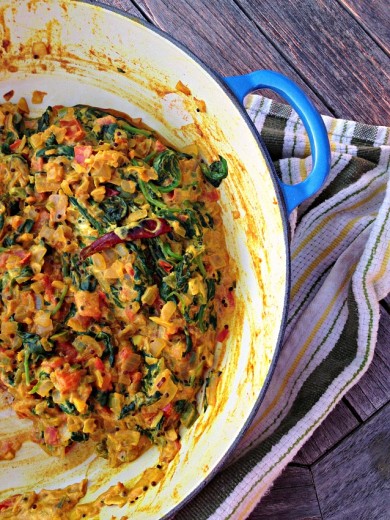

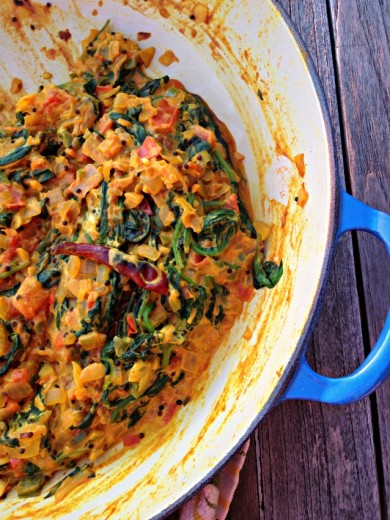

 Share
Share
